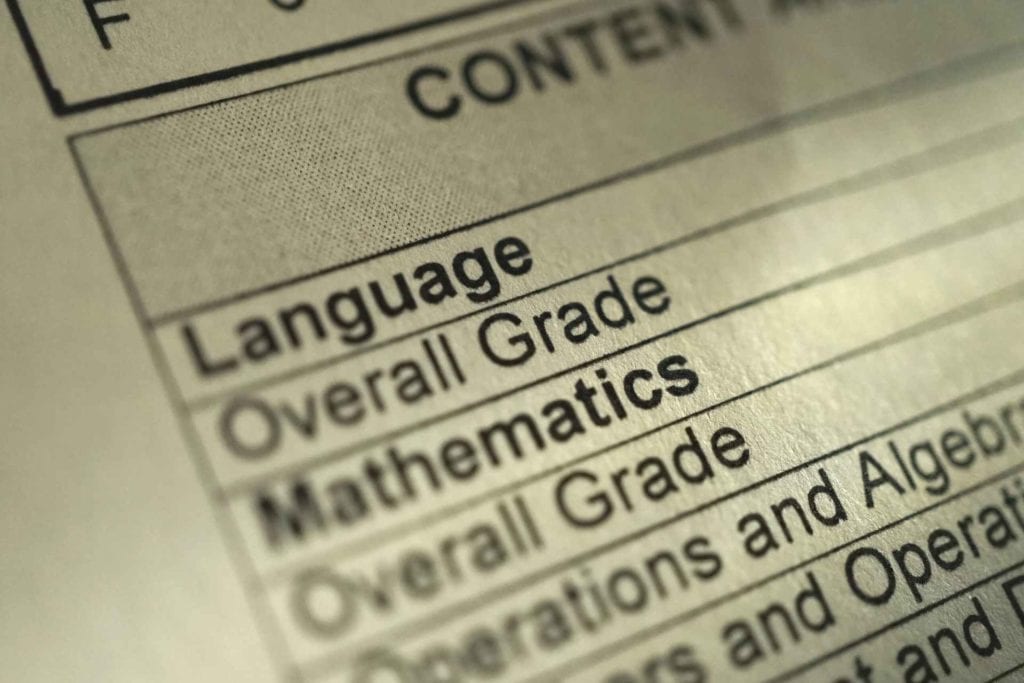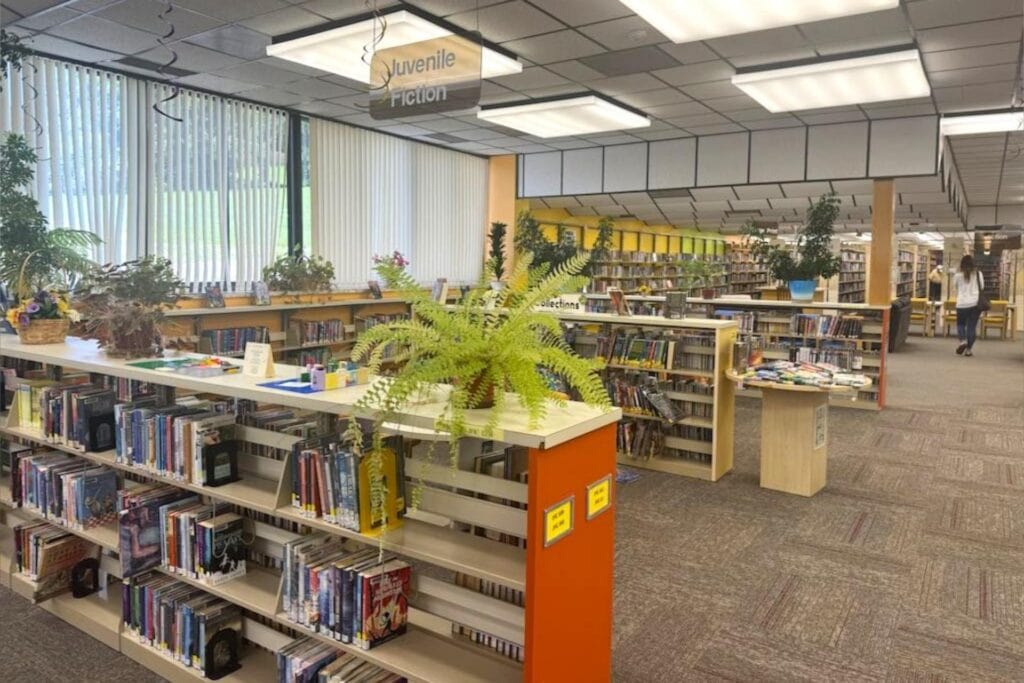CHARLESTON, W.Va. – The West Virginia Department of Education (WVDE) recently released West Virginia Schools Balanced Scorecard (Balanced Scorecard) results for the 2021-22 school year during the September meeting of the West Virginia Board of Education (WVBE). The data represents the accountability ratings for public schools in the Mountain State as part of West Virginia’s School Accountability System (WVAS).
Each public school in the state received a scorecard that provides parents, students, educators and communities an annual update on multiple measures that together show how well students are learning, growing and achieving. The Balanced Scorecard is used to outline clear information on where schools are excelling and in what areas schools may need to improve.
“While we know the pandemic has created challenges, we still have a job to do,” said WVBE President L. Paul Hardesty. “Public education is important for our children, our communities and our state, and it needs to be a beacon of success locally and nationally. Our education system must feed West Virginia’s economic engine with a productive and vibrant workforce. That means we must ensure our students and schools are meeting and exceeding academic expectations.”
“We will aggressively target academic progress and achievement as a top priority at the West Virginia Department of Education,” said State Superintendent David L. Roach. “We are not only developing strategies, but we have also shared expectations of the desired results because we know what gets measured gets done. I have communicated with my team and met with county superintendents so we can work together more effectively to address student achievement. It’s going to take a concerted effort across the board, and I know we can make significant progress in this area.”
As part of the Elementary and Secondary Education Act regarding state accountability requirements, the WVAS identified three groups of schools as needing improvement. Within each indicator, schools earn one of four performance levels identified through a color-coding system: Exceeds Standard (green), Meets Standard (blue), Partially Meets Standard (yellow) or Does Not Meet Standard (red).
- Comprehensive Support and Improvement (CSI) Schools: will receive intensive state support as these schools either scored red on all indicators; or red on all indicators and yellow on Attendance; or, were previously identified as CSI Additional Targeted Support Schools (ATS) in multiple subgroups.
- Comprehensive Support and Improvement – Additional Targeted Support Schools: will receive strategic support as these schools scored red on academic indicators in one or more subgroups in both English language arts and mathematics for three consecutive years.
- Additional Targeted Support Schools – will receive support from their county central offices as these schools scored red on all academic indicators in one or more subgroups in both English language arts and mathematics for the 2021-2022 school year.
This year, 33 of 34 schools previously identified as CSI schools in 2018-19 have exited school improvement status. The performance of these schools is no longer within the range of newly identified CSI schools. Additionally, these schools also demonstrated improvement in the indicators that led to the schools’ identification.
The system helps ensure parents have objective information on their students’ academic achievement, while empowering state and district leaders to identify struggling students and schools.
The Balanced Scorecard evaluates schools on the following indicators:
- Performance in English language arts (ELA) and math – this indicator considers test scores from the annual statewide assessment in grades 3 – 8 and 11.
- Academic progress – this indicator measures student test score progress from year to year on annual statewide assessments in elementary and middle school.
- Four- and five-year cohort graduation rates – this indicator considers the percentage of students who graduate in four and five years at the high school level.
- English language learner progress – this indicator measures how well students who are learning English as a second language are progressing in their mastery of the English language in the four domains of speaking, reading, writing and listening.
- Student success – this indicator considers the percentage of elementary and middle school students with greater than 90% attendance and students with no out-of-school suspensions. At the high school level, this indicator considers students with greater than 90% attendance; number of credits earned by 10th graders; and completion of CTE programs, Advanced Placement and International Baccalaureate credits, and dual credit college courses among 12th graders.
Comparing 2021-2022 Balanced Scorecard data to the 2020-2021 data:
- 45 of 55 districts improved their scorecard points on ELA Performance
- 53 of 55 districts improved their scorecard points on Math Performance
Many districts are also making progress to recover from disrupted learning experienced during the COVID-19 pandemic. In 2021-2022, a majority of districts equaled or exceeded their 2018-2019 performance in ELA and math progress indicators, graduation rate, attendance, and discipline. Most districts have not yet seen their ELA and mathematics achievement indicators recover to pre-pandemic levels. However, 47 districts are within five percentage points of their prior performance in ELA, and 34 districts are within the same margin in mathematics.
The percentage of students in Grade 10 earning sufficient credits to graduate in four years (the On-Track to Graduation metric) needs to be addressed in many districts around the state, with 27 counties falling below their 2018-2019 performance on that indicator.
To view the Balanced Scorecard, visit the WVDE website.














